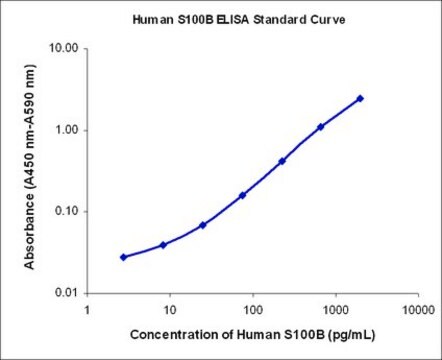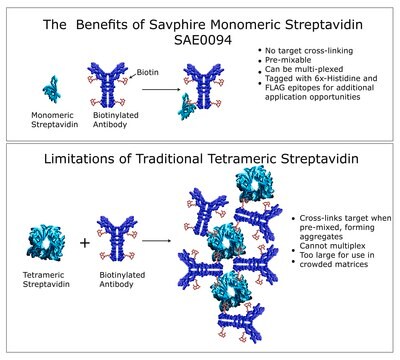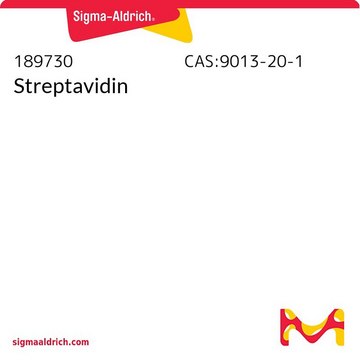T1192
Anti-Thymine Dimer antibody, Mouse monoclonal
clone H3, purified from hybridoma cell culture
Synonym(s):
Mouse Anti-Thymine Dimer, Thymine Dimer Detection, Thymine Dimer Mouse Antibody
About This Item
Recommended Products
biological source
mouse
Quality Level
conjugate
unconjugated
antibody form
purified immunoglobulin
antibody product type
primary antibodies
clone
H3, monoclonal
form
buffered aqueous solution
species reactivity
chicken, wide range
packaging
antibody small pack of 25 μL
concentration
~2 mg/mL
technique(s)
capture ELISA: suitable
dot blot: 0.5-1 μg/mL
immunocytochemistry: suitable
isotype
IgG1
shipped in
dry ice
storage temp.
−20°C
target post-translational modification
unmodified
General description
Immunogen
Application
Physical form
Other Notes
Patents WO87/01134, EP 0233 177 B1
Disclaimer
Not finding the right product?
Try our Product Selector Tool.
Storage Class Code
12 - Non Combustible Liquids
WGK
WGK 2
Flash Point(F)
Not applicable
Flash Point(C)
Not applicable
Choose from one of the most recent versions:
Already Own This Product?
Find documentation for the products that you have recently purchased in the Document Library.
Our team of scientists has experience in all areas of research including Life Science, Material Science, Chemical Synthesis, Chromatography, Analytical and many others.
Contact Technical Service





